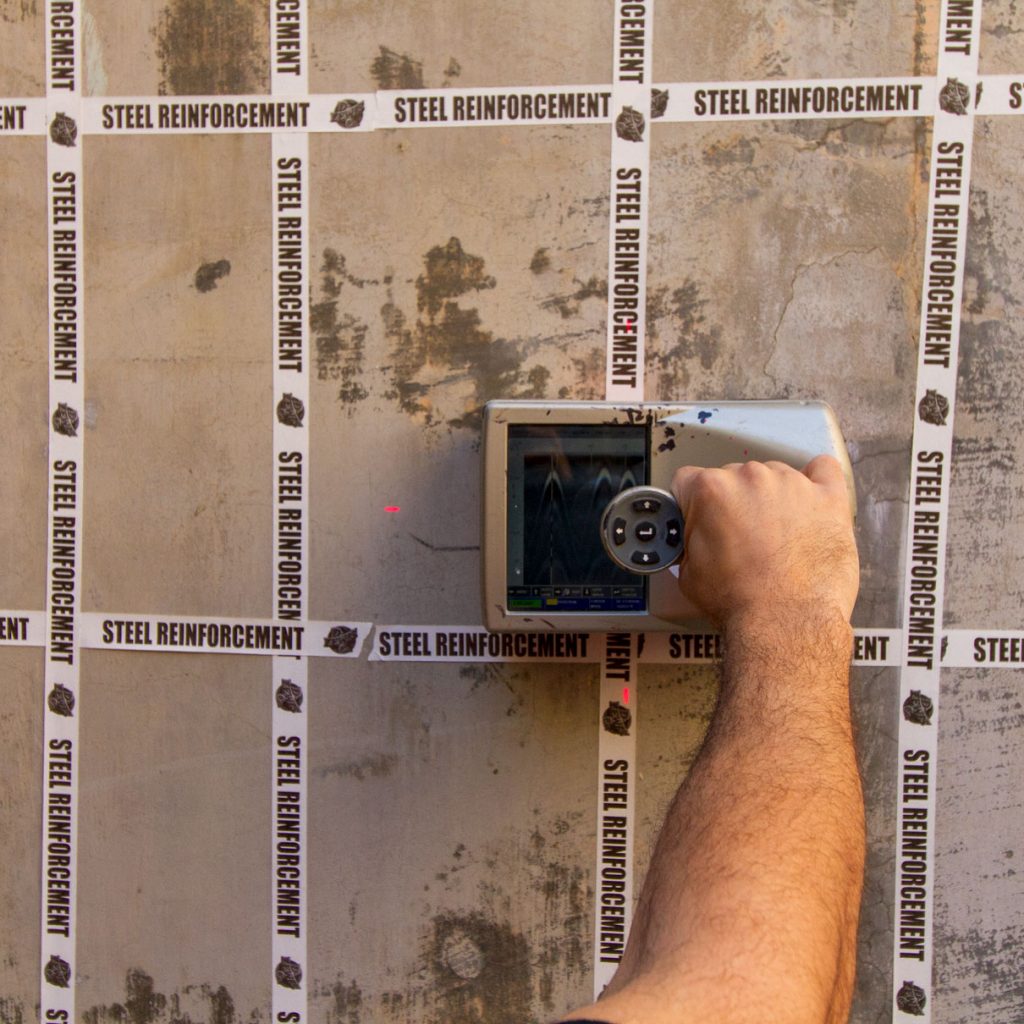Discover Hidden Obstacles with RainierGPR Concrete Scanning Modern Technology
Discover Hidden Obstacles with RainierGPR Concrete Scanning Modern Technology
Blog Article
Exploring the Trick Benefits of Concrete Scanning in Building And Construction Projects
In the realm of contemporary construction practices, the use of concrete scanning innovation has emerged as a critical device for making certain task effectiveness and structural integrity. From improving precaution to accurately spotting utilities concealed below the surface area, the advantages of concrete scanning are multifaceted. The ability to improve project timelines and decrease costs while protecting existing frameworks is a testament to the worth this technology gives the construction market. As we explore the nuanced benefits of concrete scanning, it comes to be obvious that its impact expands much beyond surface-level analyses, providing a look right into the complex internet of benefits waiting to be discovered.
Improved Precaution
Making use of innovative concrete scanning modern technology improves safety measures on building and construction websites by supplying exact discovery of possible dangers concealed underneath the surface area. This innovation makes it possible for building and construction teams to identify rebar, avenues, post-tension cords, and other blockages before excavation or exploration, significantly decreasing the threat of mishaps. By identifying these elements precisely, employees can avoid harmful vital structural parts, thus protecting against injuries, delays, and expensive fixings.
Moreover, concrete scanning plays a crucial duty in making certain the integrity of existing structures during growths or remodellings. By finding weak points, gaps, or damage within concrete aspects, engineers can address these concerns proactively, enhancing the general safety and security and durability of the building. This aggressive technique not just reduces the threat of structural failures yet additionally lessens the possibility for crashes triggered by unforeseen structural shortages.
Fundamentally, the application of concrete scanning innovation offers as a positive precaution that safeguards both building and construction workers and the structural honesty of structures, eventually adding to the total success and effectiveness of building jobs. - RainierGPR Concrete Scanning
Accurate Detection of Energies
Concrete scanning innovation promotes accurate identification of underground energies, improving construction website safety and performance. Exact discovery of utilities is essential in building jobs to protect against expensive damages, project hold-ups, and most notably, guarantee the safety and security of workers and the general public. By using sophisticated scanning modern technologies such as ground-penetrating radar (GPR) and electromagnetic induction, building and construction teams can draw up the place of hidden pipelines, cable televisions, and other utilities with high degrees of accuracy.

Time and Price Effectiveness

Concrete scanning innovation enables building groups to precisely find rebar, post-tension cords, and other ingrained objects within concrete structures. This specific information aids in avoiding expensive errors such as unintentional damages to crucial components during boring, cutting, or coring tasks. Additionally, by determining potential threats beforehand, the requirement for expensive repair services or revamp as a result of problems can be lessened, resulting in cost financial savings for the task.
In addition, the ability to quickly and properly discover energies underneath the surface area without triggering any type of damages not just saves time however likewise protects against costly disruptions to existing infrastructure. In general, the time Continue and expense efficiency benefits of concrete scanning make it an important device for enhancing construction job administration and implementation.
Conservation of Architectural Honesty
Protecting the architectural integrity of buildings and infrastructure is paramount in making sure long-term security and safety and security. Concrete scanning plays a critical function in this preservation procedure by allowing construction professionals to determine prospective threats to the architectural honesty of a structure or facilities before they escalate into significant concerns. Via using sophisticated scanning innovations such as ground-penetrating radar (GPR) and electro-magnetic induction, building groups can non-invasively analyze the problem of concrete frameworks, locate rebar, post-tension cords, and various other embedded elements, and determine any type of voids, fractures, or degeneration within the concrete.
Improved Job Planning
In order to ensure the effective execution of building jobs, thorough attention to detail and complete planning are essential parts that stem from an extensive understanding of the architectural conditions determined through concrete scanning. Eventually, integrating concrete scanning into the project planning phase improves sychronisation among group members, cultivates proactive analytical, and contributes to the successful shipment of building projects within budget and schedule constraints.
Conclusion
To conclude, concrete scanning uses numerous benefits in building tasks. By boosting security measures, properly finding utilities, boosting time and expense efficiency, maintaining structural honesty, and helping in task planning, concrete scanning confirms to be a crucial tool for effective job implementation. Its capacity to minimize risks, boost performance, and make certain project stability makes it an important possession for construction specialists.
In the realm of contemporary construction practices, the usage of concrete scanning modern technology has actually emerged as a crucial device for making certain task performance and architectural honesty.Concrete scanning innovation allows building and construction teams to precisely try these out situate rebar, post-tension cords, and various other ingrained items within concrete structures. With the usage of advanced scanning innovations such as ground-penetrating radar (GPR) and electromagnetic induction, building groups can non-invasively assess the problem of concrete frameworks, locate rebar, post-tension cables, and various other embedded aspects, and identify any kind of spaces, cracks, or degeneration within the concrete.
In order to ensure the effective execution of building and construction jobs, meticulous focus to detail and detailed preparation are essential parts that stem from a thorough understanding of the architectural conditions identified with concrete scanning. Eventually, incorporating concrete scanning into the job preparation phase enhances control among group members, cultivates proactive problem-solving, and contributes to see it here the effective delivery of construction tasks within spending plan and schedule restraints.
Report this page